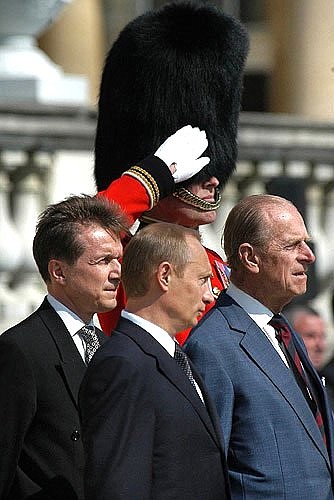
Vladimir Putin thanked all those who had helped to preserve the banner.
It had shared the fate of a great many Russian people after the events of 1917, the President said.
Today conditions exist in Russia that had been formulated by the officers who guarded the banner, Vladimir Putin stressed. A museum has been created in St Petersburg where it will be kept.
The banner was presented to the First Grenadier Regiment by Empress Elizabeth when the regiment was founded in 1756. The regiment saw action in the Turkish (1770s) and Austro-Prussian (1805–1807) campaigns. During the war against Napoleon in 1812–1814 the regiment won fame in the battle of Smolensk, the battle of Borodino and during the crossing of the Berezina River.
In April 1813, under Emperor Alexander I’s Decree, the regiment was made part of the Imperial Guards for its valour displayed in the war against Napoleon. In keeping with the tradition that existed in the Russian Empire of giving a regiment a new banner every hundred years, a new banner was presented to the regiment in 1856. Under that banner the regiment took part in various campaigns including the First World War.
After the Revolution some officers of the regiment under its last commander Colonel Doroshevich joined the White Volunteer Army and took part in the First Kuban Campaign under the regimental banner.
After the defeat of the White Movement in Southern Russia the remnants of the regiment were evacuated together with the banner first to Gallipoli and then to Bulgaria.
In 1958, the regiment’s officers handed over the banner to the Grenadier Regiment of the British Royal Guards for temporary custody on condition that it would return to Russia after the fall of Soviet Government and the new government would restore the Grenadier Regiment of the Lifeguards in the structure of the Russian Army or create a museum to store the relic.